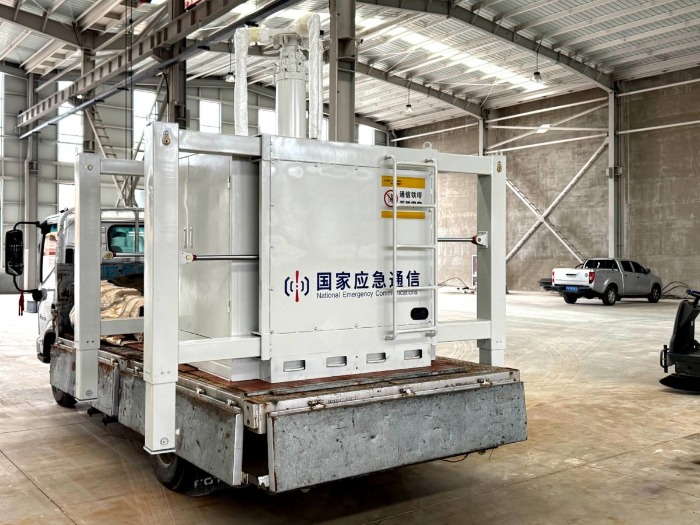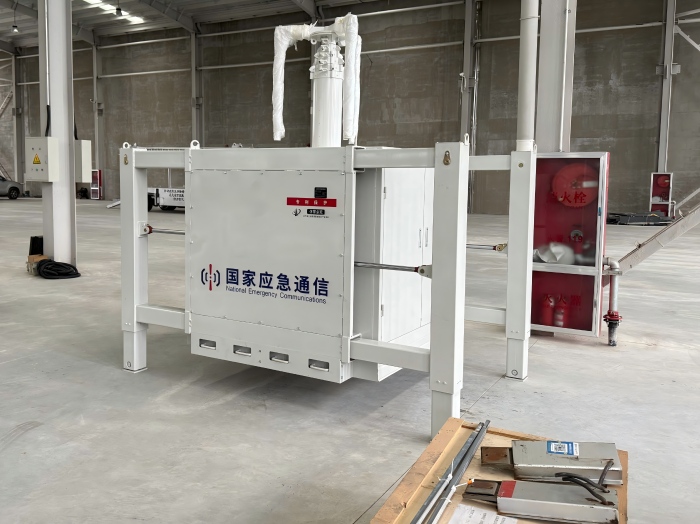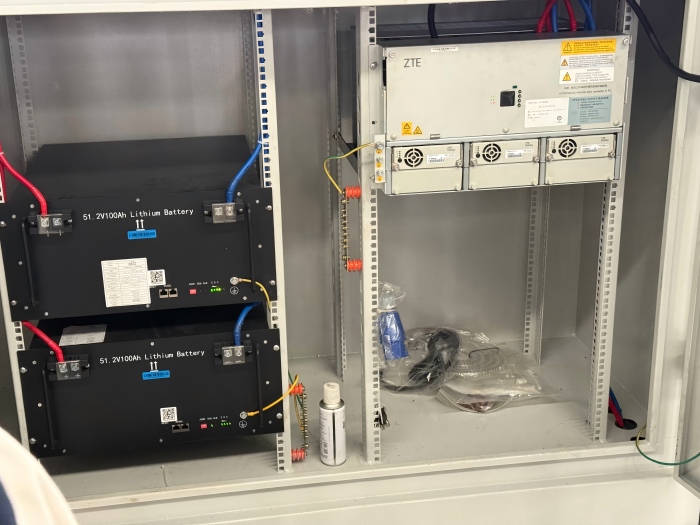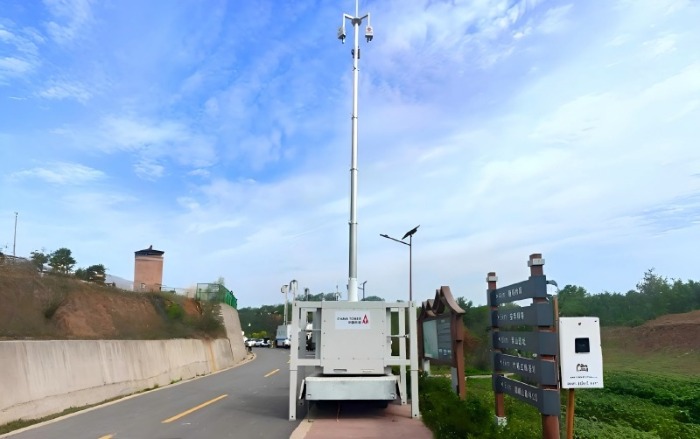When disaster strikes and conventional infrastructure fails, emergency communication shelters become the critical lifeline for coordination and rescue operations. These mobile units must operate reliably in the most challenging environments—from scorching deserts to freezing blizzards, and in areas completely devoid of grid power.
The true measure of their effectiveness lies not in their ideal performance under laboratory conditions, but in their unwavering reliability during power outages and extreme temperatures. This blog delves into the advanced engineering behind the intelligent temperature control and robust backup power systems that ensure these shelters remain operational when they are needed most.

1. The Core Challenge: Hostile Environments Demand Unwavering Reliability
Emergency scenarios are, by nature, unpredictable. A shelter deployed for earthquake relief might face sub-zero temperatures at night, while one used in a desert wildfire operation could endure searing heat. The common denominator is often a lack of reliable grid power. The electronic equipment inside—servers, radios, base stations, and switching gear—generates significant heat and has a narrow operating temperature window. Failure to maintain this environment results in system shutdown, rendering the shelter useless at the most critical moment.
2. The Brain and Brawn: Intelligent Temperature Control System
Our emergency communication shelters are equipped with a multi-layered climate management system designed for maximum environmental adaptability.
-· Advanced Insulation and Structural Integrity: The shelter's shell is the first line of defense. Constructed with steel framing and composite panels filled with high-density foam insulation, it creates a powerful thermal barrier. This design significantly reduces the energy required for heating and cooling, protecting the interior from external temperature extremes.
-· Dual-Mode HVAC System: At the heart of the climate control system is a robust Heating, Ventilation, and Air Conditioning (HVAC) unit capable of operating in a wide temperature range, from -41°C to +56°C. This system doesn't just cool; it precisely manages humidity and prevents condensation, which can be as damaging to electronics as heat.
-· AI-Driven Thermal Management: This is where "intelligence" truly comes into play. Sensors continuously monitor temperature zones inside the shelter. The system dynamically adjusts cooling/heating output based on real-time equipment load and ambient conditions. For example, if some equipment is idle, the system can reduce cooling to that specific area, conserving precious backup power. This smart regulation ensures optimal conditions while maximizing operational endurance.

3. The Uninterrupted Heartbeat: Robust Backup Power Assurance
A temperature control system is only as good as the power that runs it. Our shelters feature a comprehensive, multi-stage power system designed for zero downtime.
-· Integrated Backup Power System: The primary backup is a built-in diesel or gasoline generator, sized to handle the full electrical load of the shelter, including the HVAC, for extended periods. These generators are housed in sound-dampened enclosures to allow for operation in noise-sensitive environments like field hospitals or residential areas.
-· Seamless Automatic Transfer Switch (ATS): In the event of a grid power failure, the ATS automatically and instantaneously switches the electrical load to the backup generator. This transition happens within seconds, ensuring no interruption to communication equipment or climate control systems.
-· Supporting Facilities for Extended Autonomy: The ecosystem includes a switching power supply for clean, stable power distribution and a hydraulic power system for auxiliary functions. Together, these systems form a self-sufficient power hub that can operate independently for days, ensuring continuous communication capabilities throughout a prolonged crisis.

4. Proven Resilience in Real-World Scenarios
The effectiveness of these systems is validated in the field:
-· Extreme Cold: In winter emergency drills, the shelters have maintained a stable internal temperature of +20°C while external temperatures plummeted to -25°C, with the backup generator and HVAC system operating flawlessly for over 48 hours.
-· Site-Specific Deployments: The system's resilience has been proven in challenging "bone site" locations, such as the Vienna International Hotel in Nanjing. Here, the shelter's ability to be pre-configured and then rapidly deployed with its own power and cooling was key to overcoming longstanding infrastructure obstacles.

Conclusion: Reliability Built-In, Not Bolted On
In emergency response, "good enough" is not sufficient. The intelligent temperature control and backup power systems in our emergency communication shelters are not optional accessories; they are foundational components engineered for ultimate reliability. By integrating robust hardware with smart, adaptive software, we ensure that these vital communication links remain active, stable, and effective—truly defying the harshest elements to save lives and restore order.
Click here to learn more about the product.